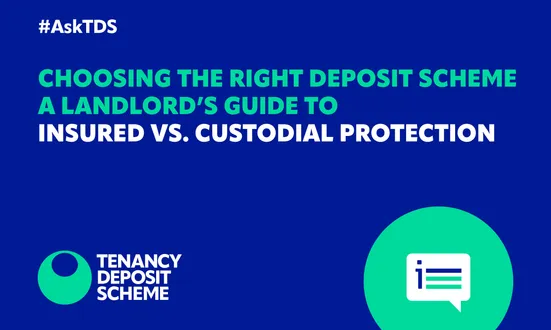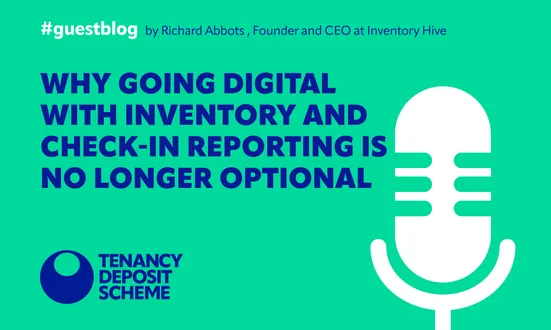At the Tenancy Deposit Scheme, one common question we hear is:
“What happens if a tenant can’t give me a forwarding address after the tenancy ends. How can I complete the Prescribed Information?”
Let’s break it down.
What is the Prescribed Information?
The Prescribed Information is a legal requirement under the deposit protection scheme legislation. It’s a document that landlords or letting agents must provide to tenants (and any relevant person) within 30 days of receiving the deposit — whether or not the funds have cleared. This document explains key details about the tenancy deposit scheme, including:
- Where the deposit is protected.
- How the deposit protection scheme works.
Both the landlord or agent and the tenant(s) should sign the final page of the document. While tenants must be given the opportunity to sign the document, they are not obligated to do so. However, it is mandatory for the landlord or agent to provide this opportunity and to complete their own section.
Who is a “Relevant Person”?
A relevant person is anyone who pays the deposit on behalf of the tenant to the agent or landlord, such as a guarantor, parent, employer, or local authority. If this applies, they must also be served the Prescribed Information by the agent/landlord.
What about the forwarding contact information?
Prescribed Information also requires details of the tenant(s) to be used at the end of the tenancy. It is common for tenants to question this section of the Prescribed Information as it seems unusual to ask for an address for use at the end of a tenancy when the tenancy itself has not yet commenced. It is beneficial, however, to stress the importance of fully completing this information as it enables you as a landlord/agent to have the means to contact the tenant to discuss the deposit and any proposed deductions once the tenancy has ended.
It is helpful to know that this address does not need to be the address where the tenant(s) will reside at the end of the tenancy, they may give the address of a friend/relative or employer if that is easier. The important part is that this address can be used to contact the tenant to discuss the deposit. It is important to note that each tenant and each relevant person should complete this section of the Prescribed Information. You can find TDS templates for Prescribed Information here.
Remember, completing the Prescribed Information accurately is crucial for complying with deposit protection laws and ensuring a smooth end-of-tenancy process. If you’re unsure about any steps, TDS is here to help!
For more information about the deposit protection scheme or how the Tenancy Deposit Scheme works, visit our website.
About TDS
The Tenancy Deposit Scheme is part of The Dispute Service (TDS), the largest tenancy deposit protection (by value) and resolution service provider in the UK making life easier for tens of thousands of agents, landlords, developers, and millions of tenants and homebuyers. Our award-winning customer service is highly rated on both Trustpilot and Google, and we’re backed by the NRLA. We offer free deposit protection in our Custodial scheme, and the lowest rates for landlords in our Insured scheme.
These views are those of the author alone and do not necessarily reflect the view of TDS, its officers and employees.
Other news stories


